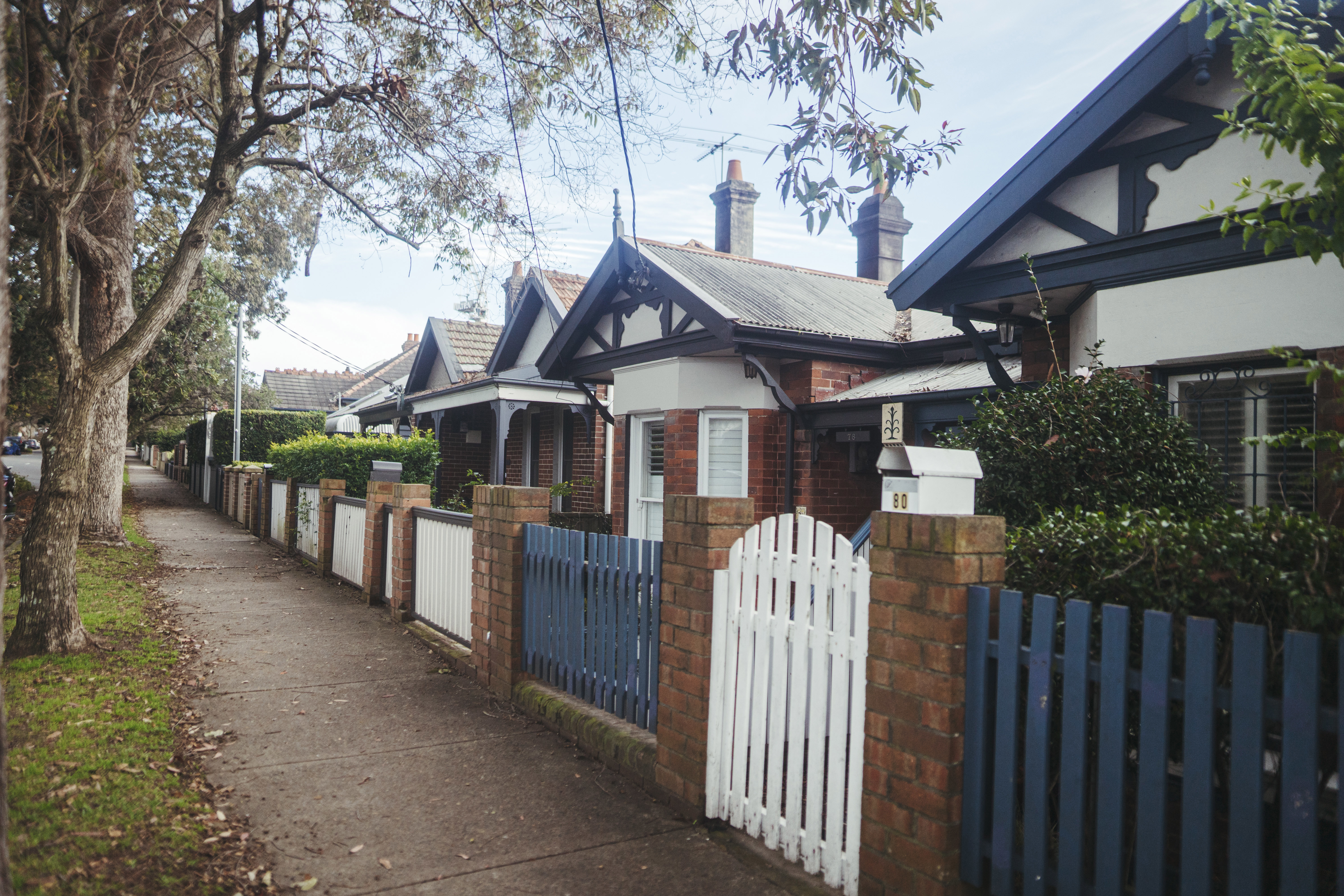Australians are paying so much more in mortgage costs compared to before the pandemic that the extra repayments could pay for a family holiday every month.
Analysis of ABS lending data by financial comparison site Mozo prepared for 9news.com.au has revealed the average monthly repayment across the country has jumped by $2100 since 2019.
"That's not pocket change," Mozo personal finance expert Rachel Wastell said.
READ MORE: When does daylight saving start, and do clocks move forwards or backwards?

"That's the cost of a family holiday every month, now going straight to your mortgage."
In New South Wales, the damage is even worse, with average repayments soaring from $2820 to $5429 – a hike of $2609.
Queensland and South Australian homeowners have seen their respective figures more than double – from $2056 to $4153 a month in the Sunshine State and from $1799 to $3890 in SA.
Monthly repayments in Victoria, on the other hand, have risen by $1872 – still a steep jump, but an increase of about 75 per cent compared to pre-pandemic times rather than the more than 100 per cent elsewhere.
Part of that is the basic principles of soaring demand and stagnant supply that has underpinned the housing crisis.
"In NSW, the substantial increase in average loan sizes and monthly repayments is due to the fiercely competitive property market and tight housing supply," Wastell said.
"With house prices soaring, buyers are forced to take on larger loans just to get into the market, leading to the biggest jump in monthly repayments.
"Victoria, on the other hand, has had prices stabilise after a period of high growth, which has taken a bit of the heat off in comparison to other states.
"When you look at Queensland, Western Australia and South Australia, it's clear that these markets, once known for their affordability, have experienced rapid price increases.
"As more people flock to these states in search of cheaper homes, prices have surged."
READ MORE: The surprise city that's one of Australia's most affordable to buy in

The other part of the equation is, of course, interest rates.
The Reserve Bank pushed the official cash rate target from 0.10 per cent during the pandemic up to its current level of 4.35 per cent in the space of just a year and a half.
Functionally, that has meant homeowners have gone from paying a little under 4 per cent interest on their mortgages to almost 7.
While the market has priced in a string of long-awaited (and for many, much-needed) rate cuts next year, there's little hope of an early start to the relief when the RBA meets next week.
Economists believe there's a 10 per cent chance of a cut on Tuesday, with the US Federal Reserve's decision to drop interest rates by 50 basis points to have little impact on the RBA, particularly after new data on Thursday showed Australian unemployment remained steady last month.
"At the end of the August meeting, the RBA said the prospect of cash rate cuts this year was highly unlikely," Canstar data insights director Sally Tindall said.
"It's difficult to see the Board changing this stance next week, based on recent data.
"Borrowers should forget about what's happening to interest rates in other parts of the world and focus on what they can do here and now in the absence of RBA rate cuts."
For Wastell, that means shopping around for home loans.
"(We're in) a situation where people are taking on larger loans just to secure a home, making it more important than ever for borrowers to compare home loans and secure the lowest rate they possibly can," she said.
from 9News https://ift.tt/rW627vH
via IFTTT
Comments
Post a Comment